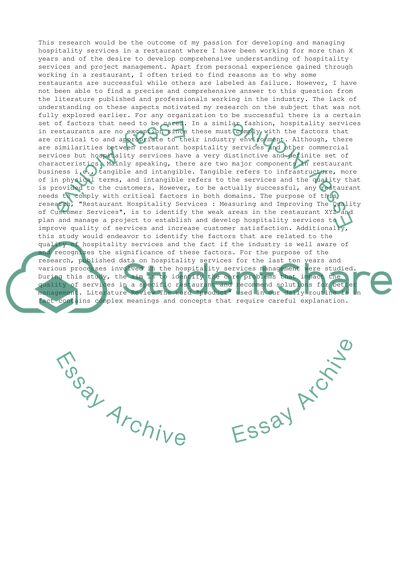Cite this document
(“Restaurant Hospitality Services: Measuring And Improving The Quality Essay”, n.d.)
Restaurant Hospitality Services: Measuring And Improving The Quality Essay. Retrieved from https://studentshare.org/business/1402632-restaurant-hospitality-services-measuring-and-improving-the-quality-of-customer-services
Restaurant Hospitality Services: Measuring And Improving The Quality Essay. Retrieved from https://studentshare.org/business/1402632-restaurant-hospitality-services-measuring-and-improving-the-quality-of-customer-services
(Restaurant Hospitality Services: Measuring And Improving The Quality Essay)
Restaurant Hospitality Services: Measuring And Improving The Quality Essay. https://studentshare.org/business/1402632-restaurant-hospitality-services-measuring-and-improving-the-quality-of-customer-services.
Restaurant Hospitality Services: Measuring And Improving The Quality Essay. https://studentshare.org/business/1402632-restaurant-hospitality-services-measuring-and-improving-the-quality-of-customer-services.
“Restaurant Hospitality Services: Measuring And Improving The Quality Essay”, n.d. https://studentshare.org/business/1402632-restaurant-hospitality-services-measuring-and-improving-the-quality-of-customer-services.


